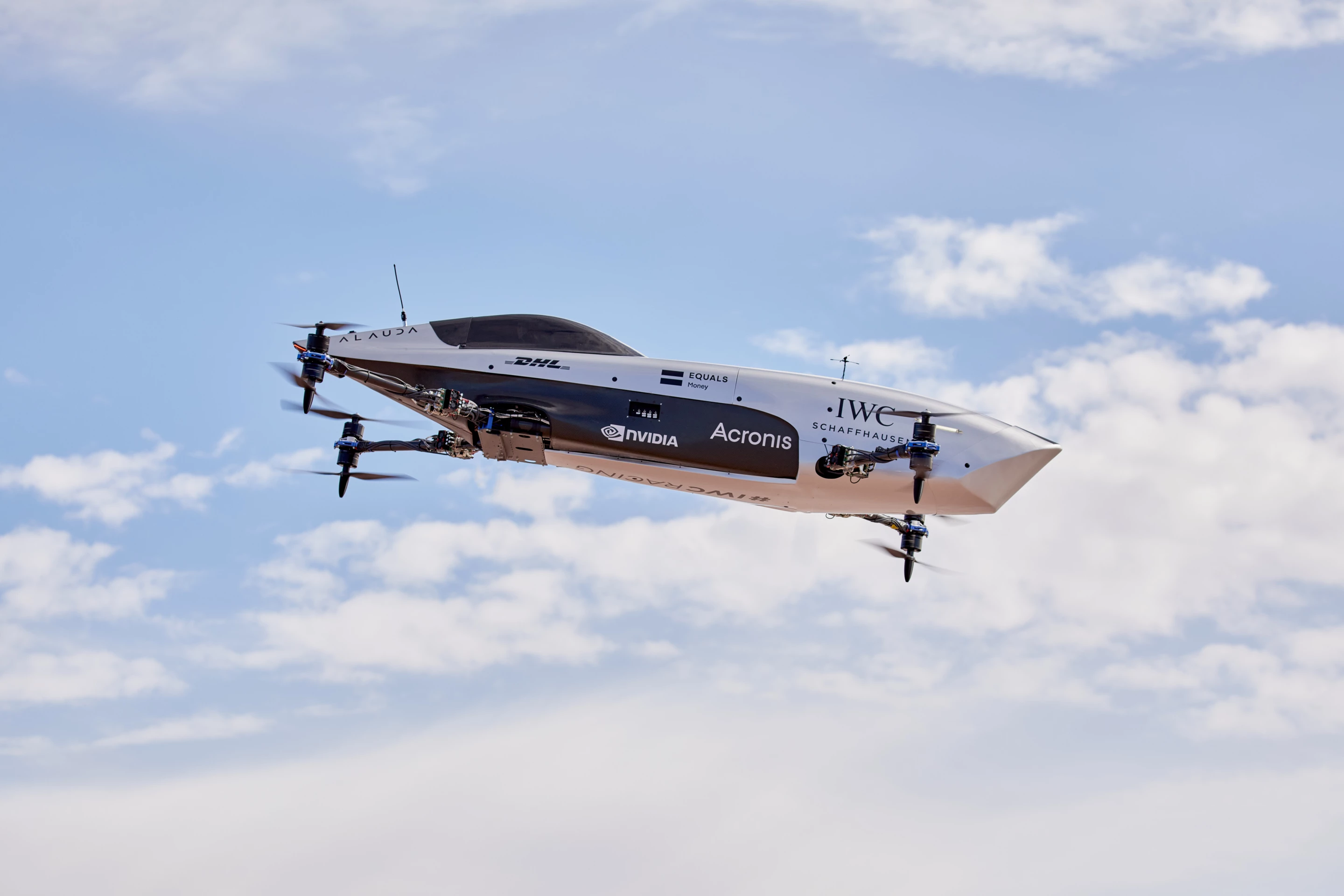We've been hearing about Matt Pearson's dream to race multirotor flying cars for a few years now, with startup Alauda Aeronautics making its international public debut in 2019 and an awesome-looking full-sized electric racer revealed earlier this year. Now the team has released footage of the Airspeeder Mk3's first flight tests.
The first Airspeeder races are due to take place later this year, but the flying racers won't have a pilot sitting in the cockpit – the aircraft will be remotely controlled. And so it was for the first flights of the Alauda Mk3 at undisclosed test locations in the deserts of South Australia.

Test flights like these are an important part of meeting regulatory approval for the upcoming races, proving everything works as it should, including safety protocols. Indeed, Australia's Civil Aviation Safety Authority representatives were present at these historic first flights.
The EXA Airspeeder Grand Prix will draw pilots from the worlds of aviation, motorsports and eSports to remotely race the aircraft "blade-to-blade" around electronically governed, AR-enabled sky tracks in the world's only eVTOL race. Up to four teams made up of two pilots per team will compete in each of the three events, which will be hosted at different locations around the world and streamed online.
"EXA delivers on the promise of a future first shown in science fiction," said company founder, Matt Pearson. "We are proud to introduce a sport that redefines what humans and machines can achieve together. These historic first flights are just the start and we are all excited to begin a momentous new chapter in motorsport’s rich legacy."

An upcoming pre-season drag race will kick things off, where two teams from inside Alauda will go head-to-head to make sure everything performs as designed before external team pilots enter a simulator environment that "mimics the dynamics and ergonomics of the Mk3 cockpit environment" for the Grand Prix races.
Each team will control a technically identical carbon-fiber-bodied Mk3 octocopter, which delivers 320 kW at maximum power, can zip from 0-100 km/h (0-62 mph) in 2.8 seconds, has excellent hairpin turning potential, and is able to climb to 500 m (1,640 ft). No specifics on the modular batteries have been shared at this point, though a slide-and-lock system allows for quick change pitstops to extend race time.

The aircraft weighs in at 130 kg (about 285 lb), and is reported capable of lifting more than 80 kg (~175 lb), and indeed tele-robots named The Aviators will sit within the cockpits to provide engineers with "critical data and information on the effects of high speed racing, rapid turning, acceleration and deceleration on the human frame."
LiDAR and radar technology will enable racers to fly close together without colliding, and safety systems have been developed so that no single operational failure will result in the loss of primary functions, performance will be reduced but the pilot should be able to land the aircraft safely.
A brief look at the first flights and a preview of the kind of thing to expect from the 2021 EXA race series can be seen in the video below.
As with motorsports, it's expected that technology envelopes pushed in the "flying car" racing arena will help speed up development in the wider eVTOL transportation space. Meanwhile, work on the Airspeeder Mk4 continues toward the first crewed racing series (where pilots will actually be in the aircraft's cockpit), which Alauda hopes will take place some time in 2022.
Source: Alauda Aeronautics











